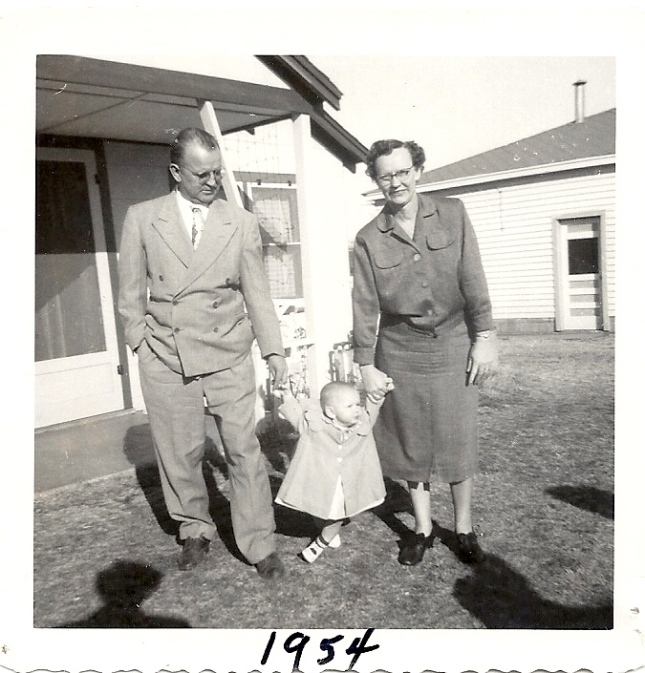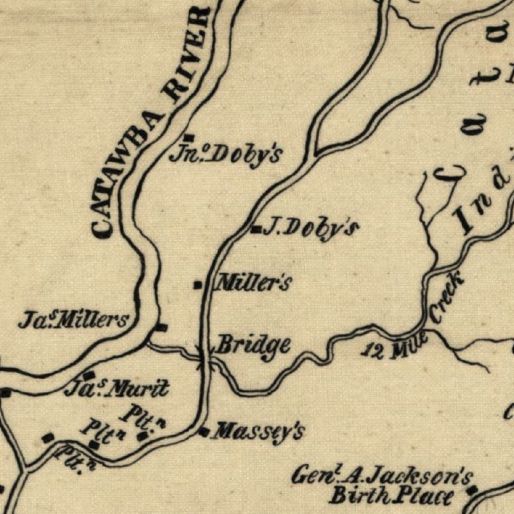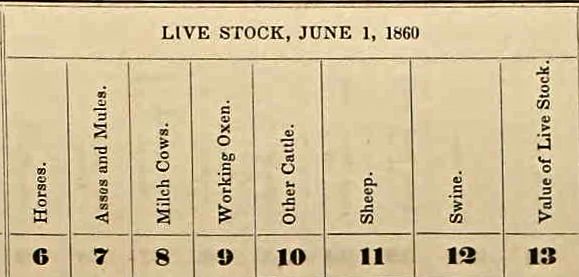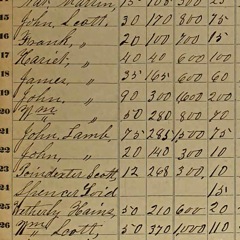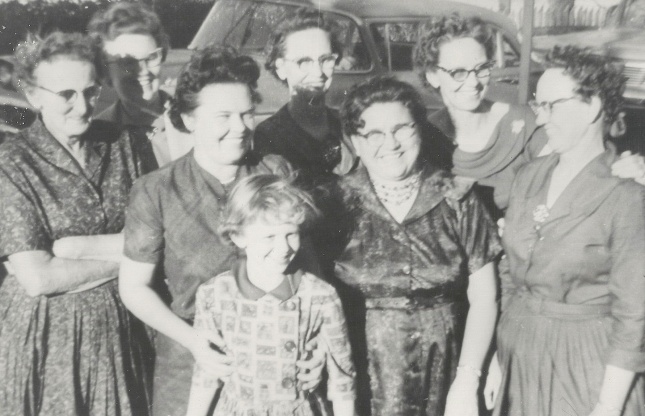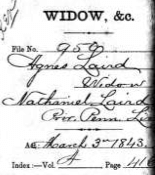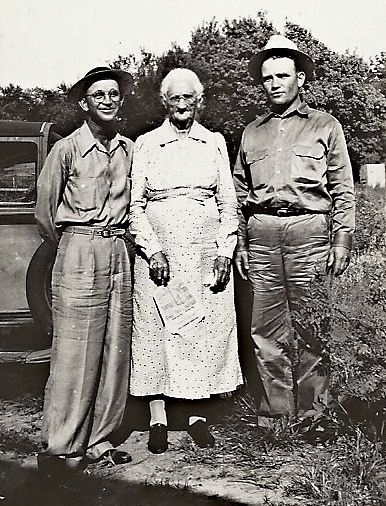My dad’s birthday was yesterday. He was James White Miller V and was born July 10, 1932 in Kissimmee, Florida. He liked to tell people he was from Kiss-a-me, and then he’d pucker up. He died in 1989 and thinking about him this week inspired this post about my Florida ancestors.
In 1842 the US Congress enacted the Armed Occupation Act with the purpose of populating and protecting the eastern shore of the Florida peninsula. It was like the Homestead Act that settled the plains that we learned about in U. S. history. Someone occupies and defends 160 acres of land, builds a dwelling, cultivates the land and after five years they own the land free and clear. The act was only in effect nine months and less than 1,200 permits were granted. As far as I can tell no one in my family took advantage of it but it was part of the process that encouraged settlement in Florida.
Ask me about Oklahoma history and I can rattle off all kinds of facts and figures and trivia, but Florida not so much. My dad was born there, so I know a little as it pertained to his life, but not much about the really olden days. Turns out bunches of the early pioneers to Florida came from Georgia, which makes sense, since it’s the closest state. Some of my ancestors were in that mass of Georgians who moved south.
My grandmother Kathryn McKay was born in Illinois in 1905 and her family moved to Florida just after 1910—as near as I can figure—but my Miller and Bass great grandparents came much earlier. The Millers came from York County, South Carolina between 1870 and 1875. Census records show they were quite the land holders (and slave owners) in Lancaster County, South Carolina for decades leading up to the Civil War. One of my ancestors, Stephen Miller—born in 1740—died at Belaire, Lancaster, South Carolina. I can’t find any town or city by that name, but when I googled it, the name Belair turned up a lot in the Lancaster area. I wonder if Bellaire was the name of their plantation. A few generations later, census records suggest the Millers lost the family home during or after the war. In the 1870 census, six years after the war ended, the James Miller family was counted at Ft. Mill, South Carolina in York County. And five years later, in 1875, my great great grandpa, James Miller, died and was buried in Rose Hill Cemetery in Kissimmee, Florida. He was just 51. His son, James White Miller II would marry Honoria Quary Mills and become an early sheriff of Osceola County.
As to my other Florida great grandparents Quinn Bass married Jane Richards in Sumter, Georgia in 1845.Their son William, the first of 13 kids (I think), was born in Florida in 1848 according to the 1860 US Census.That year the family was counted in Brevard County which had a total population of 246. U.S. Census records show Quinn and Jane were counted in Brevard County in 1860, Orange County in 1870, and in Osceola County in 1900. At first I wondered why they moved around so much during those years. They were living on the frontier so new arrivals had to build a house from scratch—probably a log cabin—to live in. It was not an easy thing to “move” unless there was a very good reason for it so I started doing some digging.
I’ve found a wonderful website, part of the Newberry Library in Chicago that has an Atlas of Historical County Boundaries. I use that page frequently. There is a map of the United States and after you click on one of the states you’ll get a state map and when you click on “View Interactive Map” you’ll get a map of the state with the date the territory was established and counties in place at the time. You can change the date to show how the counties changed through the years. Here’s what Florida looked like in 1825.
Did you know most of the east coast of Florida was part of Mosquito County? As accurate as that is, it’s probably a good idea they dropped the name as more counties were created.
Anyway.
As I clicked through the years and looked at the county boundaries I found there is a little sliver at the top of present day Osceola County—a sliver that includes Kissimmee—that was first part of Brevard County, then part of Orange County, and finally ended up in Osceola County. I tend to think Quinn and Jane Bass set up housekeeping somewhere along that sliver in the vicinity of Kissimmee and the future St. Cloud and were in the same general area all those years. In 1867 their daughter Effie, my great-grandmother, was born there.
Effie Bass married James White Miller II in 1885 when she was 18 years old. They had three children, Corrie Elizabeth (Aunt Corrie to my dad), James White III (my grandpa) and Honora Jane, who died when she was two years old. The baby was named after her two grandmothers: Honoria Quary Mills Miller and Jane Richards Bass. She died in 1899 and so far I haven’t found anything that tells me why or how she died. Five years later, in 1904, Effie died at the age of 37.I don’t know how she died either.
Sheriff Miller married again, to Marion Miller Butler (yes, her maiden name was Miller), who was born in Vicksburg in 1863 in the midst of the Civil War. Union soldiers quartered at her house during the war and called her “Little Reb.” In fact, her middle name was Rebella. Grandma Miller, as we would know her, lived to the ripe old age of 101. She received a birthday card from President Kennedy when she turned 100. He would be assassinated later that same year.
The McKays were the last of my grandparents to arrive in Florida coming shortly after 1910. After the previous generation settled Whiteside County, Illinois, Donald Graham McKay (his father was born in Nova Scotia) decided to take his family to Florida. He was anticipating, and hoping to take advantage of, the land boom which continued into the 1920s.
The McKays were the first of my ancestors to arrive in Florida by car, traveling from Illinois in a Model T. My brother remembers hearing they had to spend some time in Georgia (Atlanta or Macon I think) to have the axles rebuilt to fit the ruts that formed the roads in the south. Evidently the width of a bale of cotton and the wagon that carried it dictated the width of the ruts of roads in the south. I don’t know what determined the width of roads in the north, but it wasn’t a cotton wagon.
In the 1930 the kids were all grown, and Donald and Olive McKay lived on Poinsettia Avenue in Orlando. Their home was valued at $20,000 on the 1930 census, easily the most affluent home in the area. They lived just around the corner from their daughter Gertrude and her family. Robert Dyer, his wife—we called her Aunt Gertie—and their five kids lived around the corner on Sheridan Avenue. The house on Sheridan was always our first stop when Dad took us home to Florida for vacations.
So that’s how my family got to Florida. They started arriving in the 1840s and my dad left when he joined the Air Force after he graduated from Orlando High School in 1949. He met my mom while he was in the service. That is a story—totally romantic—for another day.
Do you know how your family got to where they are now? I’d love to hear your stories.
Jan
xo to you Dad! 🙂
